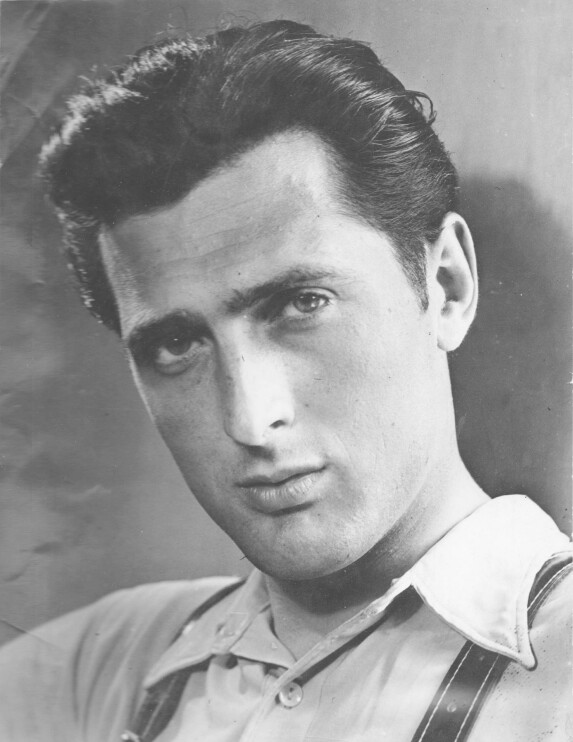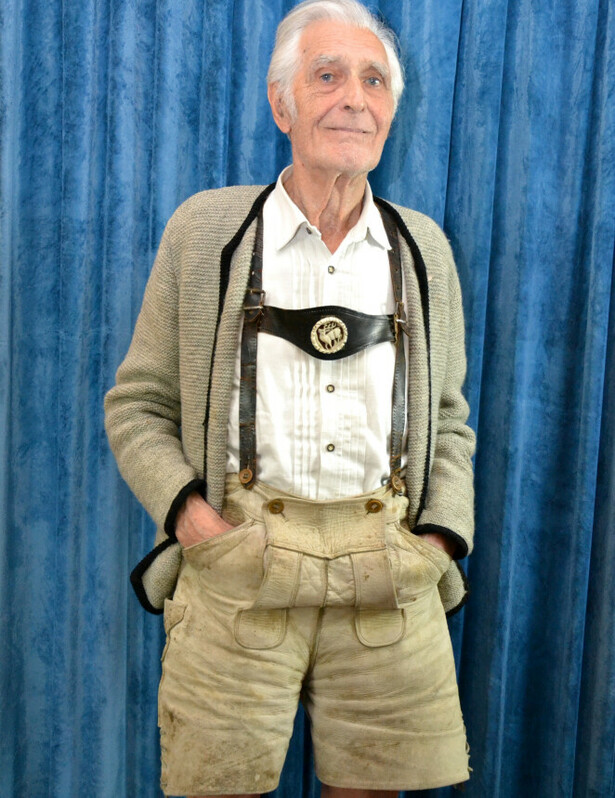The “Kopfgeld Lederhosen”: Why Karl Stankiewitz Invested His First German Marks in “Shorts”
Money had no value in the immediate postwar era. Hardship made people resourceful and barter thrived. Chocolate, eggs and especially cigarettes were the new currency. The Western occupying powers decided to reform the currency to stimulate the economy. On June 20, 1948, all balances were exchanged at a rate of 10:1. Everyone additionally received a per capita allowance of DM 40 in cash, the so-called Kopfgeld.
Karl Stankiewitz was twenty at the time and had exact ideas of what he ought to buy with the new money: “I remembered my parents’ stories about the hyperinflation of 1923, all money being gone and only those who had houses or other durable goods, valuables, getting through reasonably.” So, rather than candy or other food, he bought lederhosen. “I thought that is perhaps a valuable too and a useful one as well.” The shop next to Munich’s Church of the Holy Spirit is still there and Stankiewitz raves about the exceptional quality: A “wonderful, Hungarian leather” had been worked there. He still wears them whenever he goes into the mountains – but not in Munich because they “stick out”. The lederhosen’s durability can be seen in the eyewitness interview with Karl Stankiewitz conducted by the Haus der Bayerischen Geschichte – he put them on just for it (www.zeitzeugen.hdbg.de). He will take off his best piece of clothing in 2018. Then it will be an exhibit displayed at the new Museum of Bavarian History in Regensburg.
Karl Stankiewitz has lived in Munich since his birth in 1928. He worked as a journalist for forty years, first as an editor at the Abendzeitung and the Süddeutscher Zeitung, later as a writer for Spiegel and Stern, among others. Stankiewitz still works as an author and has published numerous books on Bavarian cultural and political history.


